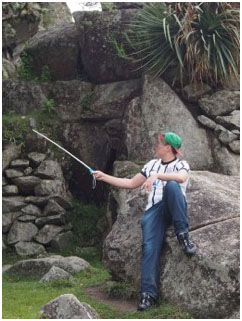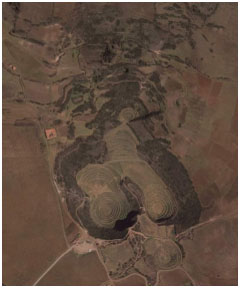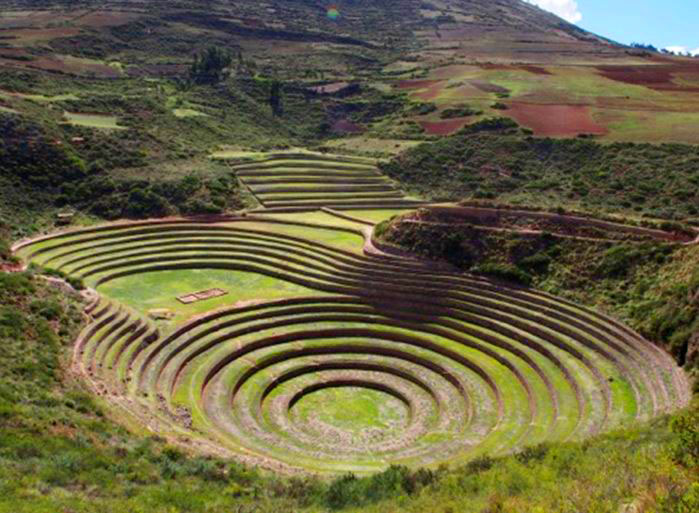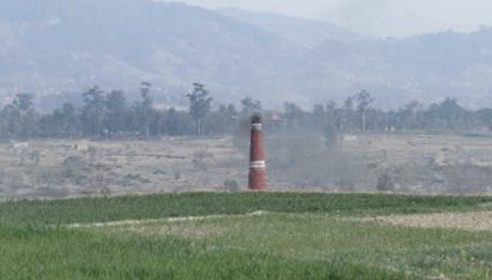Posted by Francesco Sambalino
October 27, 2015
Moray lays in the “valle Sagrado” of Peru. The valley hosts some of the most outstanding archaeological sites in the world. Among many others, Machu Picchu needs no introduction and its Quechua spelling is recognised even by the MS-Word editor as I type. No automatic correction there. Machu Picchu is a celebrity.
Nevertheless, if you get out of the bus en route Cuzco and the deeper parts of the valley there is a small hidden gem that can really hit you as a stone.
 You arrive there and you expect the usual crowds with umbrellas, hiking gears and selfie sticks (picture 2), but Moray is almost deserted. Wandering around this site totally alone makes up for the hassle of reaching it by public transport. You are left with all the space and time to wonder whether this place with perfect symmetries had also a functional use besides looking stunningly beautiful.
You arrive there and you expect the usual crowds with umbrellas, hiking gears and selfie sticks (picture 2), but Moray is almost deserted. Wandering around this site totally alone makes up for the hassle of reaching it by public transport. You are left with all the space and time to wonder whether this place with perfect symmetries had also a functional use besides looking stunningly beautiful.
The sinuous shape of the terraces is not just a fact of pure aesthetics. The experts are not quite sure – the many theories are still to be proven – but certainly these terraces are proof of the wit and ingenuity of the ancient inhabitants of these landscapes.
Moray was unveiled to the global attention together with the more famous – and maybe more mysterious – Nazca drawings. No written records make the moray circles the perfect arena for discussions and theories, with no real winner.
 1. The soil temperature between the bottom terrace and the upper ones varies by several degrees, as does exposure to sunlight. Were therefore the Inca testing crops and trying to adapt them to the different agroclimatic conditions of their vast empire? Many believe so (Earls, 1981)
1. The soil temperature between the bottom terrace and the upper ones varies by several degrees, as does exposure to sunlight. Were therefore the Inca testing crops and trying to adapt them to the different agroclimatic conditions of their vast empire? Many believe so (Earls, 1981)
2. How come is it that a theocratic empire where coercion and sacrifices were the bloodstream of ruthless control make such sophisticated designs and experiments? To disgruntle other empires? The perfection of the circular shapes and curves suggest they could have been part of some forgone cult (Archeology magazine, 2007).
3. From old creeds to new beliefs – Moray attracts all sorts of new age (is that the right definition?) free sprits that arrive in busloads to stretch, dance and vow to some higher being/s.
4. It looks like a penis to some – the Inca worked hard to make it look like one by excavating on one side and piling up soil on the other. Perhaps it was a giant homage to the gods of fertility.
5. It looks like a theatre! Why not? The echoes of voices and birds have a very peculiar tone bouncing off the inner rings.
We could go on with the list, but the beauty of Moray is in part due to its mysterious feel: with no written records, faded collective memory and a lot of intriguing speculations.
{jcomments on}



